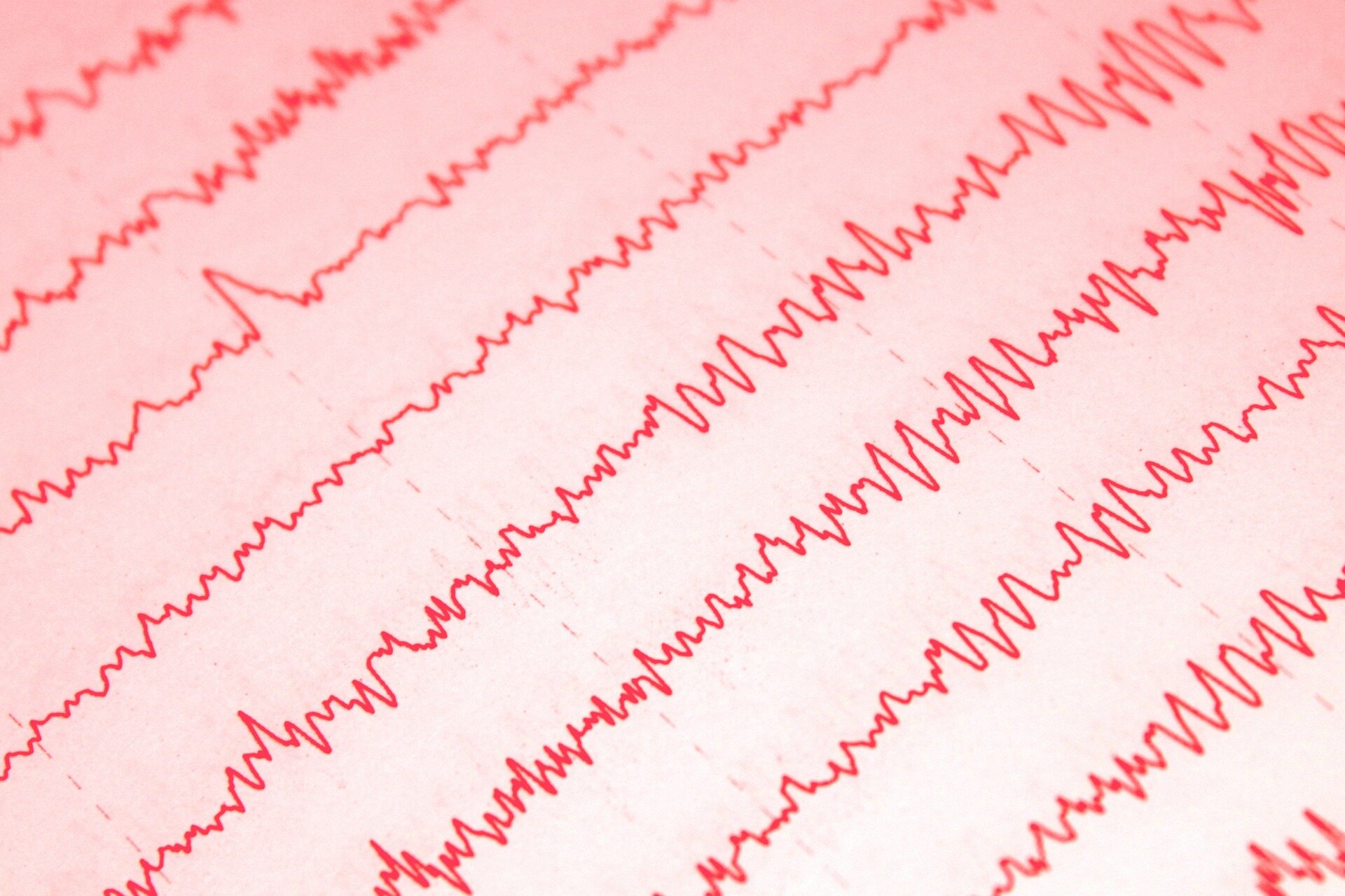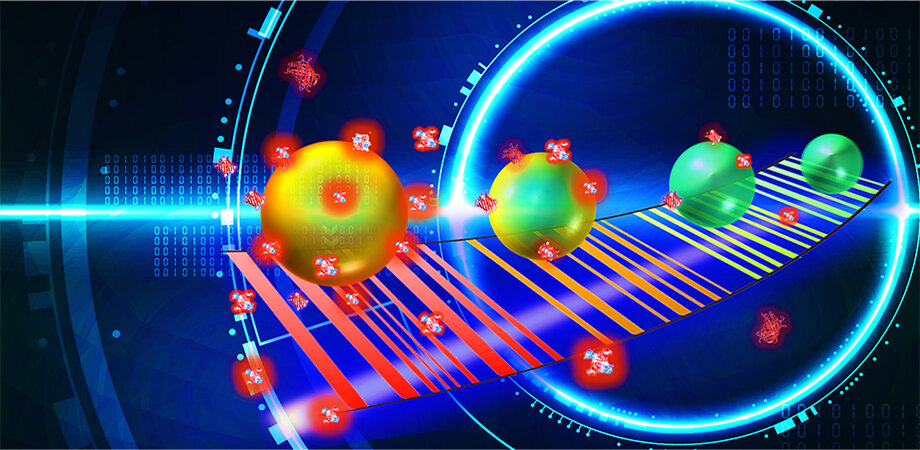#Analgesic effects of VR distraction and mindfulness scenes associated with different electroencephalography signatures


Virtual reality (VR) can be used to modify patients’ experience of pain. However, the current understanding of what type of VR content is the best for pain relief and the neurobiological mechanisms underlying VR analgesia remain unclear.
To address this, a team of researchers from the Institute of Psychology of the Chinese Academy of Sciences (CAS) used behavioral measures and electroencephalography (EEG) techniques to investigate the analgesic effects of different VR scenes on contact heat stimulation and the associated neural mechanisms.
The study was published in the British Journal of Anaesthesia on Oct. 3.
In this study, the researchers compared differences in subjective pain ratings and neural responses in healthy participants under three different conditions: VR, 2D (watching videos identical to VR content on a computer screen), and Control (no additional audiovisual input) after receiving a series of pulsed heat pain stimuli.
The results showed that, compared to the Control and 2D conditions, the use of VR significantly reduced individuals’ subjective pain intensity and pain unpleasantness while promoting the maintenance of positive emotions and reducing negative emotions.
In addition, VR also reduced the amplitude of the P2 response elicited by painful stimuli, and the P2 amplitude showed a significant positive correlation with subjective pain intensity.
They then further differentiated two VR scenarios: distraction and mindfulness. The researchers compared their differences in modulating brain neural oscillations. The results showed that there was no significant difference in subjective pain perception between the two scenarios. However, the EEG data suggested that they involved different neural oscillation mechanisms.
Specifically, the distraction scenario was able to induce a higher sense of immersion in the participants, keeping them continuously focused on external audiovisual stimuli while enhancing spontaneous gamma neural oscillation activity in the parietal lobe.
In contrast, the mindfulness scenario resulted in less immersion but increased spontaneous alpha neural oscillation activity, suggesting that participants adjusted their internal states to achieve pain relief goals in this scenario.
The above findings suggest that VR can effectively modulate pain and emotions, and that VR scenarios based on different strategies involve distinct neural oscillation mechanisms.
These findings contribute to a better understanding of the neurobiological mechanisms underlying VR analgesia. Additionally, they could help develop VR scenarios suitable for various pain conditions, promote the advancement of digital health care, and help more patients return to normal life.
More information:
Jingwei Li et al, The analgesic effects and neural oscillatory mechanisms of virtual reality scenes based on distraction and mindfulness strategies in human volunteers, British Journal of Anaesthesia (2023). DOI: 10.1016/j.bja.2023.09.001
Citation:
Analgesic effects of VR distraction and mindfulness scenes associated with different electroencephalography signatures (2023, October 10)
retrieved 10 October 2023
from https://medicalxpress.com/news/2023-10-analgesic-effects-vr-distraction-mindfulness.html
This document is subject to copyright. Apart from any fair dealing for the purpose of private study or research, no
part may be reproduced without the written permission. The content is provided for information purposes only.
If you liked the article, do not forget to share it with your friends. Follow us on Google News too, click on the star and choose us from your favorites.
For forums sites go to Forum.BuradaBiliyorum.Com
If you want to read more Like this articles, you can visit our Science category.



